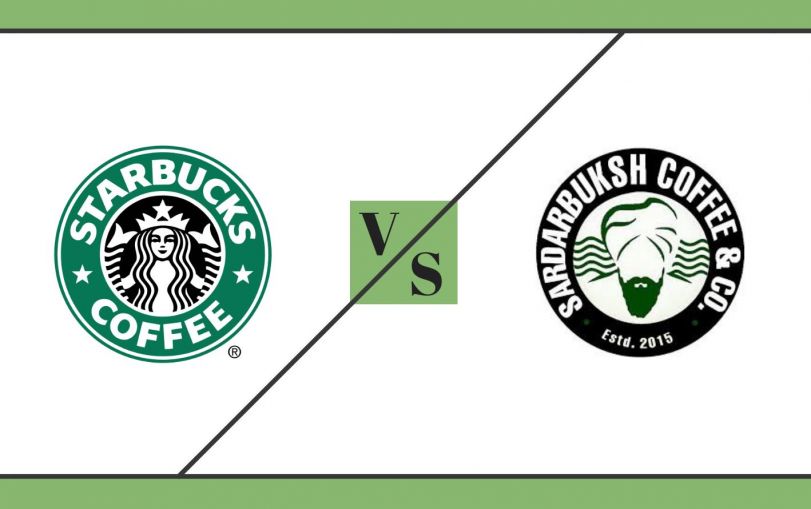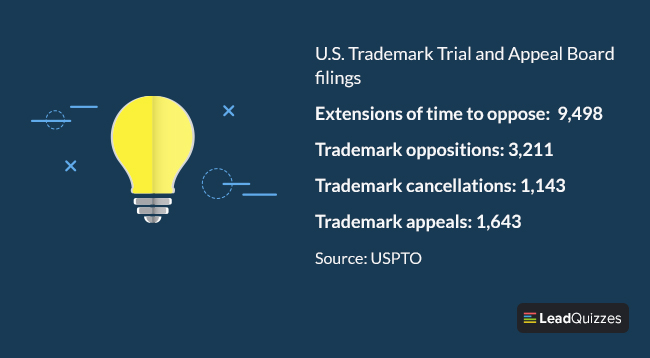Expanding your business or an organization often requires additional steps to make sure your products and ideas are protected by law and cannot be stolen by other people. While much of your work is covered by copyright laws, trademark gives you an added layer of protection. In this guide, we will show you how to trademark a name for your business and how to copyright your name and logo.
What is a trademark?
Trademark is a symbol, word, or words legally registered or established by use as representing a certain company or product. Trademark is often confused with copyright because they tend to overlap. The difference is that, while they both protect intellectual property, copyright covers literary and artistic works, while trademark is geared towards business names, logos and branding attributes.

In the case of logo, which is an artistic work, in a way, the copyright and trademark overlap. The purpose of trademarking is to associate this logo with your specific business, while the purpose of copyright is to prevent your competitors from copying your work.
Should you trademark your business?
This depends entirely on the scope of your business and your goals. If you are a small business owner and you don’t plan to expand into markets beyond your town or state, trademarking your name is not a necessity. In the United States, as soon as you put your company logo and name on paper or computer, you own the copyright.
However, if you want to grow your business, especially internationally, registering the trademark will save you a lot of trouble in case a similar business decided to contest your right to use a certain word, expression or logo.
Once you trademark your business/organization name, you own the exclusive rights to use it for your business field. Trademark is essential to your branding efforts and it is beneficial for you to have people associate your business or product with a distinctive name and logo. Choosing the right color for your logo can also help you keep your visual identity all to yourself.
What should a trademark have?
A trademark name should be:
Original
If you own local bakery business, pretty much any name can fly. “Donie’s Pizza” is perfectly fine for a local restaurant. However, if you want to trademark your business name, it has to be something more original than that.


Why? Well, imagine the confusion if somebody trademarked a common phrase like “fresh bagels.” Within a day, you’d have courts drowning in lawsuits from the trademark owner, because plenty of people would be inclined to use this simple, self-explanatory name for their small business.
Unrelated to the word’s original meaning
If someone tried to use the word “Apple” for a store that sells fruits, it would not be eligible for a trademark. On the other hand, it was eligible for computers. So, if you are using an ordinary word as your trademark, it has to have a certain “metaphoric” quality to it.
Used for business purposes
Your trademark name should be used specifically for identifying your business. You cannot put a restriction on words, phrases and symbols used for personal purposes. One of the famous examples is a pop star Beyonce, who registered her daughter’s name Blue Ivy as a business trademark. While she can restrict people from using this name on baby products, she cannot restrict them from naming their daughters Blue Ivy.
Distinctive
It is in everyone’s best interest that your trademark isn’t easily confused with another business. Well, most of the time – sometimes people piggyback on competitor’s success by creating names and logos similar to theirs. This way, they benefit from clueless customers who confuse them for a related, more popular business.

This is where USPTO steps in – if your business/organization name is too similar to someone else’s, your application for a trademark is likely to be rejected.
How to trademark a name in the US
After you register your business name and create a logo, trademarking it is a fairly simple process. Start by going to U.S. Patent and Trademark Office’s website.
1. Check your trademark
First of all, avoid going back and forth with this process. Before you fill out the online registration form, go to Trademark Electronic Search System (“TESS”) database and search your business name. You want to be sure that your trademark is not used by another company in a similar industry.
 2. File an online application
2. File an online application
After you make sure that your business name meets all the requirements to become a trademark, fill out the online application form here. It won’t take more than two hours, and the process is fairly simple so you won’t need professional legal help. Trademark registration will cost you up to $400, so make sure you read the instructions carefully.
3. Fix problems/deal with contestation
You will receive an answer from the assigned USPTO attorney within six months. Your application may be accepted without contestation, or you may get a detailed description of the issues with your trademark. You will be given a deadline to resolve them and send back the forms.
According to USPTO’s statistics, 2018 has been marked by a steady rise in the number of contested trademarks, so prepare carefully.

If everything goes well, your application will be forwarded to the Official Gazette, and other business owners in your industry have a chance to contest your trademark. In case that happens, you will probably need legal advice. Once you are done with that, your name will be officially trademarked and you can use the ® symbol next to the name of your business or organization.
4. Track what happens with your trademark
As your business grows, make sure you follow your competitors and react promptly if someone is using a business name similar to your trademark. This way, you will help both budding businesses and your brand.
How to copyright your name and logo
As I previously stated, trademark and copyright often overlap and making sure you did both can save you a lot of trouble and help you build a distinctive brand. Just like trademarking, applying for copyright is a fairly simple and straightforward process.
Go to the United States Copyright Office website

Fill out an online application
You will find the online form by clicking on the eCO Online Registration button. The online registration costs $35. It takes up to eight months for your application to be processed, but don’t worry. Your copyright registration becomes legally effective as soon as USCO receives your application.

Conclusion
As you can see, fully protecting your brand is a simple process that won’t take too much of your time, allowing you to focus on what’s truly important when you are growing your business. However, learning how to trademark a name and register copyright is only a beginning of your branding journey.
So think twice – does your trademark reflect your product, business, worldview, mission and goals? Don’t think that your branding efforts are somehow limited just because you are a business beginner. The secrets of the world’s most recognizable brands such as Nike are refreshingly simple – and you can discover them here.
 2. File an online application
2. File an online application